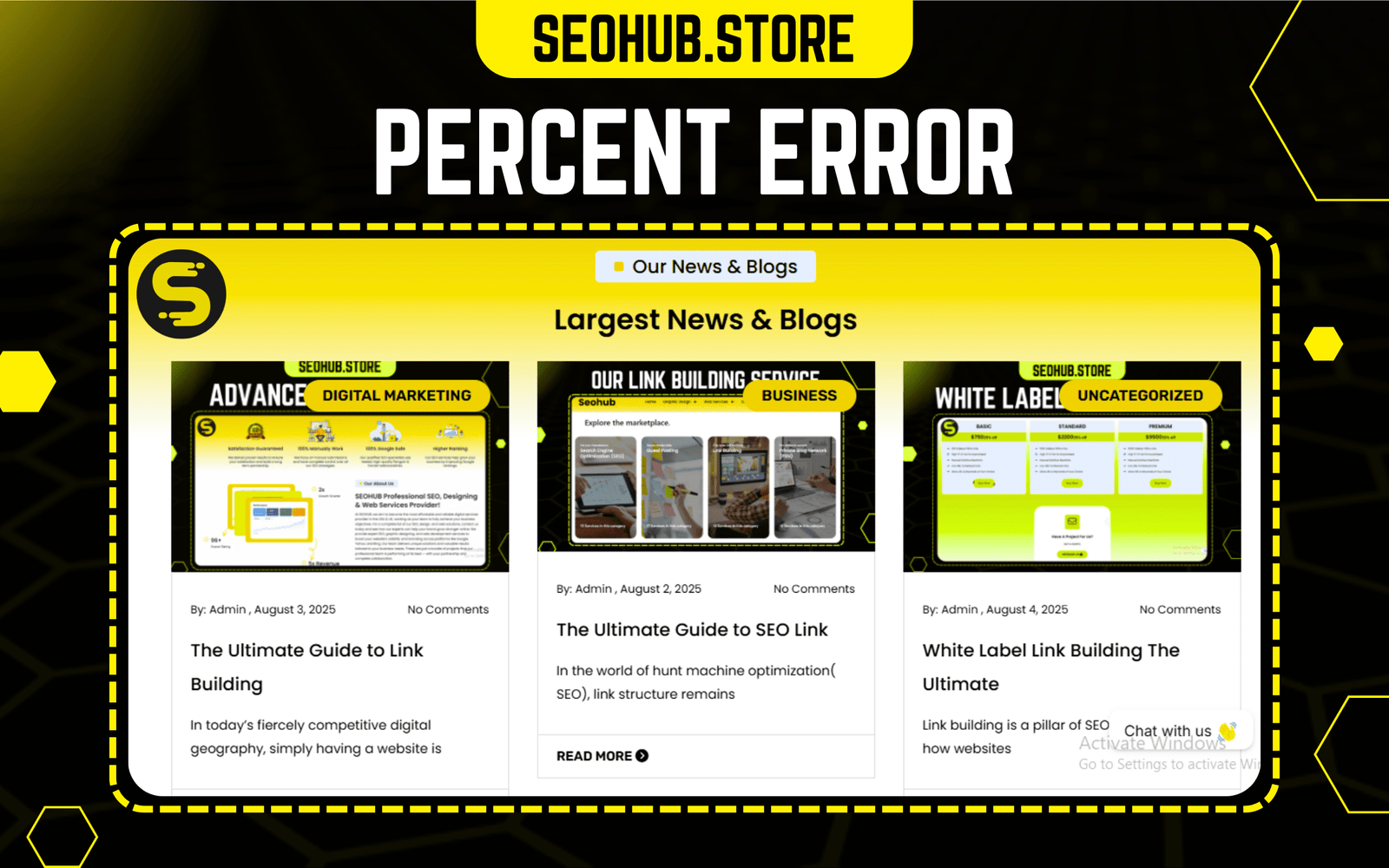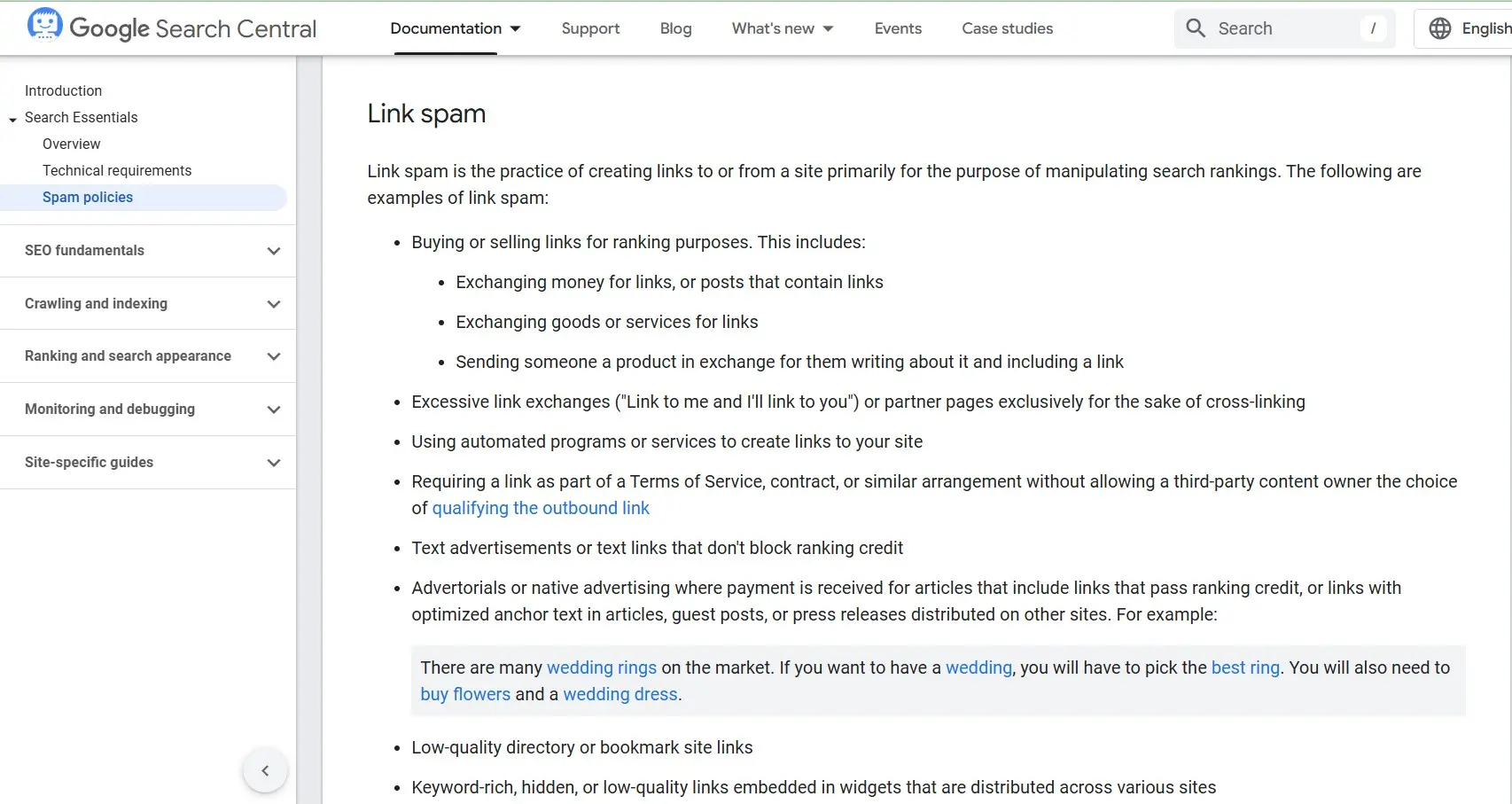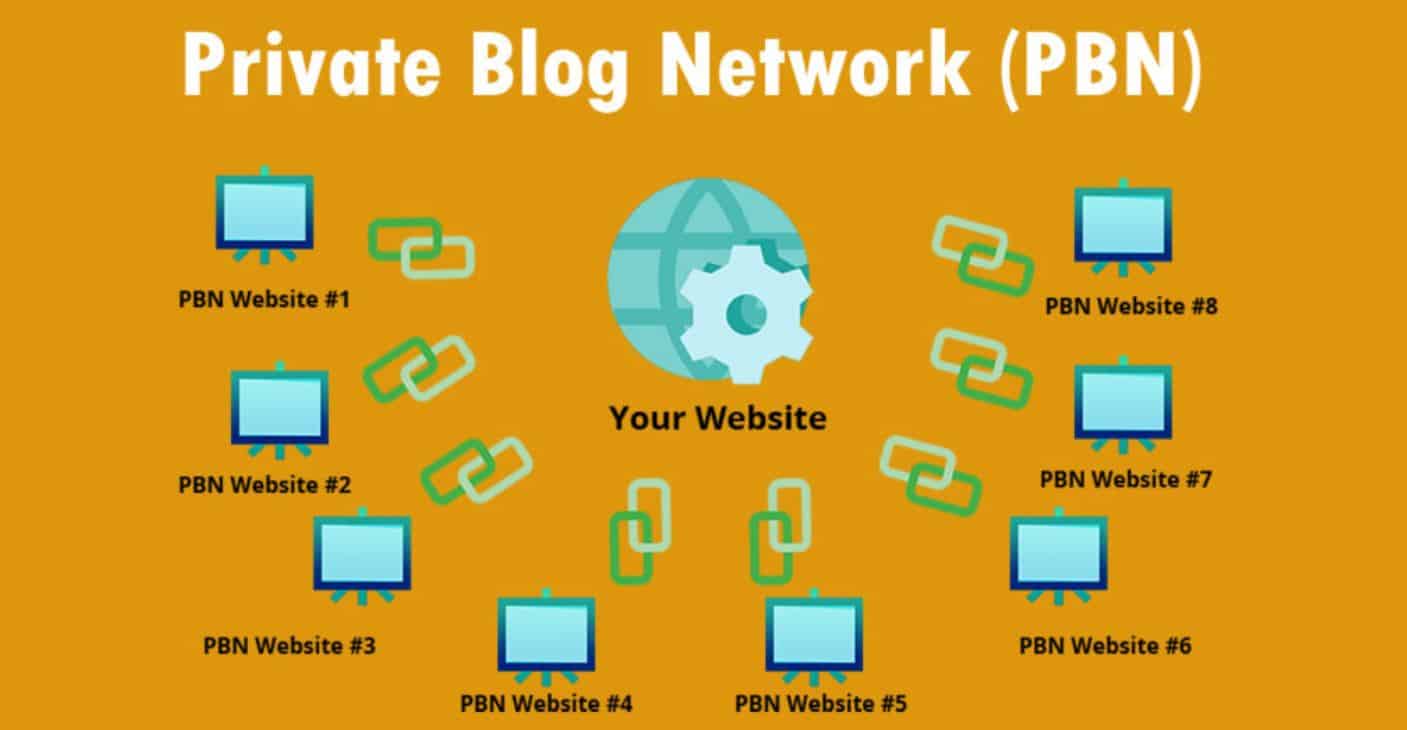
Introduction:
Search Engine Optimization (SEO) has always been about building authority and relevance. One of the most debated and powerful — yet controversial — methods to boost rankings is through Private Blog Networks (PBNs). While some SEO professionals swear by their effectiveness, others warn about the risks.
In this guide, we’ll explore what Private blog network PBNs are, how they work, their benefits, dangers, setup process, footprint avoidance techniques, and safer alternatives.
What is a Private Blog Network (PBN)?
A Private Blog Network is a group of websites, usually owned and controlled by the same person or organization, designed specifically to build backlinks to a main “money site” for SEO purposes.
The core idea is simple:
- More backlinks from high-authority sites → higher Google rankings.
- By owning these sites yourself, you have full control over the anchor text, link placement, and link velocity.
Why PBNs Became Popular


Before Google’s Penguin update (2012), link building was easier — you could buy links or spam forums without much consequence. But as search engines evolved, backlinks from relevant, high-authority domains became the gold standard.
PBNs emerged as a shortcut: instead of earning links naturally, SEOs create their own network of “authoritative” sites using expired domains that already have backlinks and trust flow.
How PBNs Work
A basic PBN setup involves:
- Acquiring expired domains with strong backlink profiles.
- Rebuilding websites on those domains (adding content and design).
- Linking to your main website using targeted anchor text.
Here’s an example:
- Main site: Seohub.store
- PBN sites: Seohub.store
All linking back to the main site with anchors like “Seo hub” or “buy coffee online”.
Benefits of Using a PBN
Although controversial, PBNs have undeniable advantages if built properly.
1. Full Control Over Backlinks
Unlike guest posts or organic outreach, you decide:
- Anchor text
- Link placement
- Link velocity
2. Fast Ranking Results
When set up correctly, PBN links can push rankings quickly — especially for low-to-medium competition keywords.
3. Scalability
Once you have a network, you can use it for multiple sites or even rent links to clients.
4. No Dependence on Outreach
You avoid the slow, sometimes frustrating process of asking strangers for links.
Risks and Downsides of PBNs
Private blog network are a black-hat SEO tactic according to Google’s Webmaster Guidelines. Risks include:
1. Deindexing
If Google detects your PBN, it can:
- Remove the PBN sites from search results.
- Penalize your main site.
2. High Costs
Buying quality expired domains, hosting them, and adding content isn’t cheap.
3. Time-Consuming
Each site needs unique design, fresh content, and ongoing maintenance.
4. Risk of Losing Everything
If your network gets caught, all your investment can vanish overnight.
How to Build a Private Blog Network
Warning: The following is for educational purposes only. Use this knowledge responsibly.
Step 1: Domain Acquisition
Look for:
- Expired or auction domains with a clean backlink profile.
- Metrics: DA 20+, DR 20+, Trust Flow 15+, relevant niche links.
- Tools: GoDaddy Auctions, NameJet, ExpiredDomains.net, DomCop.
Step 2: Hosting & IP Diversity
Avoid hosting all PBN sites on the same server. Use:
- Different hosting providers.
- Different IP ranges.
- Cloudflare for masking DNS.
Step 3: Website Setup
- Use unique WordPress themes and layouts.
- Avoid using the same plugins across sites.
- Publish real, value-driven content.
Step 4: Content Creation
Each site should:
- Have at least 10–15 articles.
- Cover topics relevant to the niche.
- Mix in non-promotional content.
Step 5: Link Placement
- Link naturally within articles.
- Avoid linking all sites to the same page.
- Vary anchor texts (brand, generic, partial match).
Avoiding Footprints
Google detects Private blog network by spotting patterns. To avoid detection:
1. WHOIS Privacy
Use WHOIS protection or fake ownership details.
2. Hosting Diversity
Never use the same host for more than one PBN site.
3. Unique Design
Change themes, logos, and layouts.
4. Content Variation
No duplicate content. Hire different writers or use AI-assisted content and human editing.
5. Link Out to Authority Sites
Link to Wikipedia, news sites, and niche-relevant blogs to look natural.
Cost Breakdown of Building a PBN
A realistic budget might look like:
- Expired domain: $50–$500 each
- Hosting: $2–$5 per site/month
- Content: $20–$50 per article
- Design & plugins: $50–$100 per site
Example for 10-site PBN:
Total setup = $3,000–$5,000+
Monthly maintenance = $200–$500
Are PBNs Still Effective in 2025?
Yes — but with caution.
Many top SEOs still use them, but:
- You must be extremely careful with footprints.
- You should diversify your backlink profile.
- They work best when combined with white-hat tactics.
Safer Alternatives to PBNs
If you want similar ranking benefits without the same risk:
1. Guest Posting
Earn links by publishing articles on other websites.
2. Niche Edits
Get links inserted into existing, relevant articles.
3. Digital PR
Earn backlinks from media sites through newsworthy stories.
4. HARO (Help A Reporter Out)
Provide expert quotes to journalists in exchange for backlinks.
5. Content Marketing
Create high-quality, link-worthy content (guides, infographics, tools).
Final Tips for Using PBNs
- Treat each PBN site like a real business.
- Don’t overdo anchor text optimization.
- Keep building white-hat links alongside PBN links.
- Monitor backlinks regularly with tools like Ahrefs or SEMrush.
- Always be prepared for the possibility of losing your network.
Conclusion:
Private Blog Network remains one of the most controversial SEO strategies. They can deliver fast, powerful results, but they also carry significant risks — from deindexing to financial loss.
If you decide to use a PBN, build it carefully, avoid footprints, and combine it with safer, long-term link-building tactics. For most businesses, investing in white-hat SEO is a more sustainable path.
When done with skill and caution, PBNs can still be a valuable weapon in an SEO professional’s toolkit — but they are not for the faint of heart.






